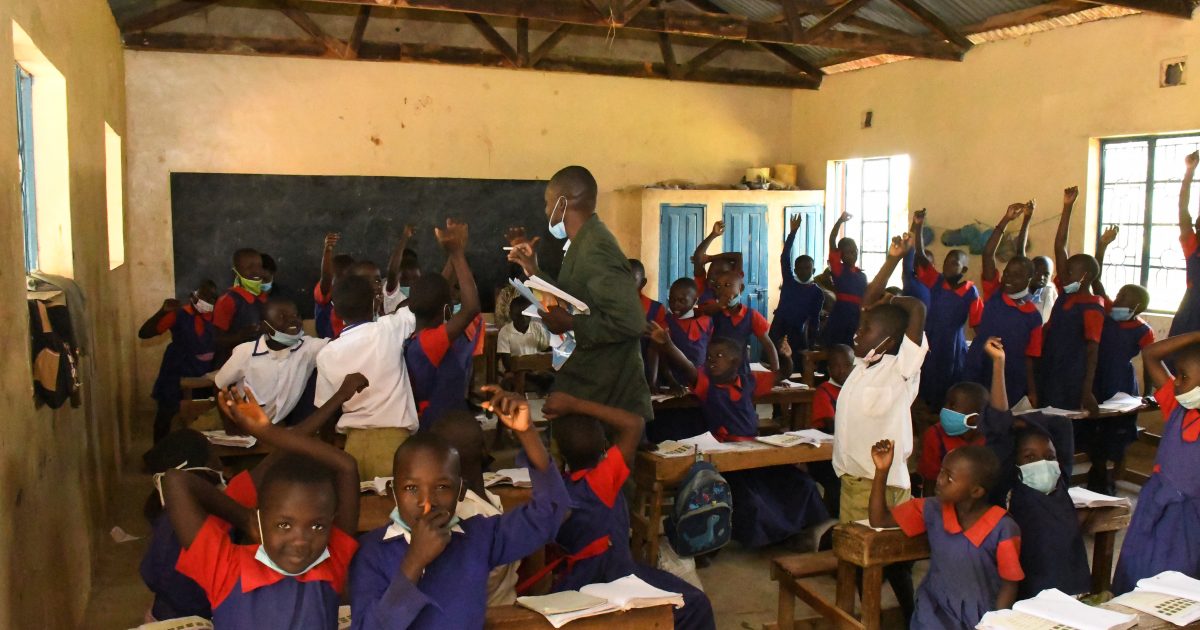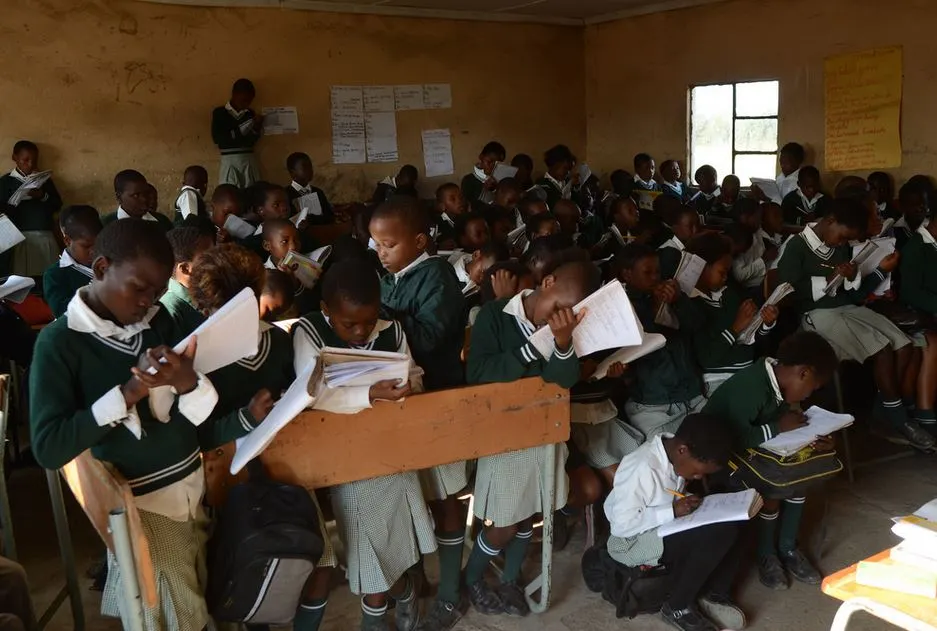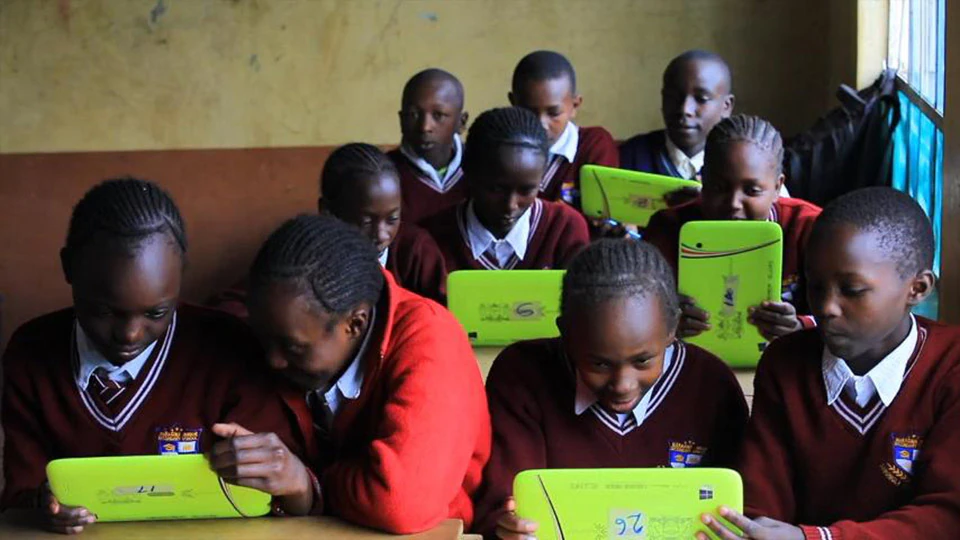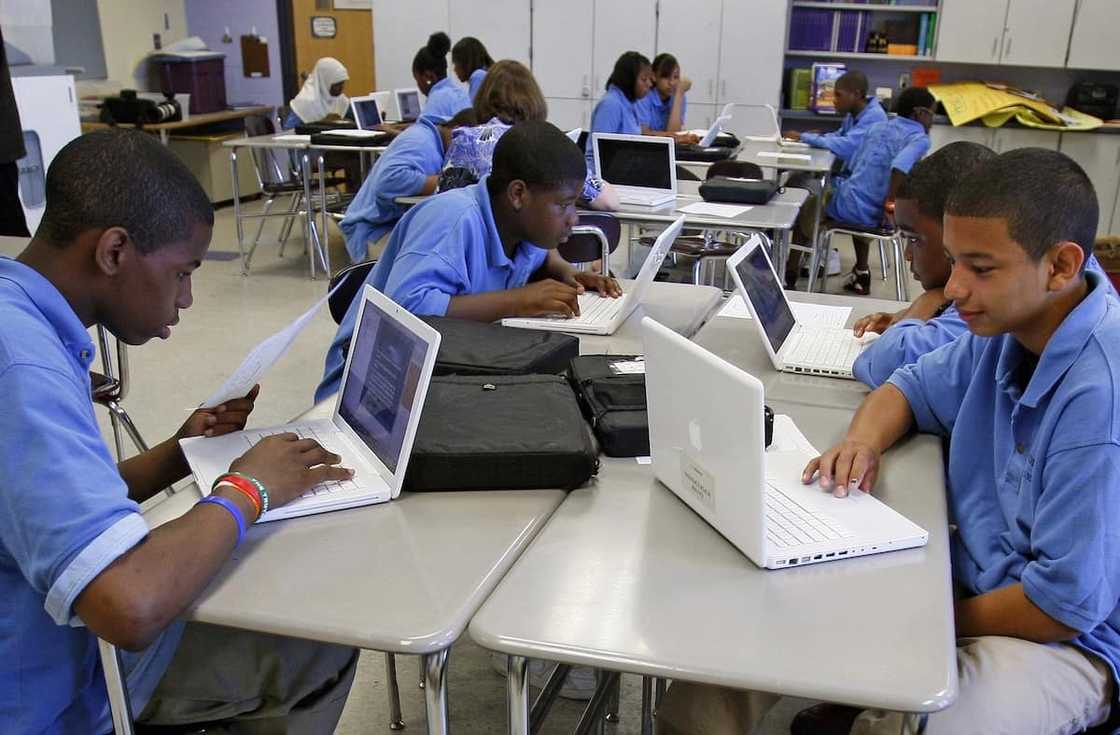
A child’s academic career begins with Primary education, which lays the groundwork for their future academic and professional achievement. However, a number of Primary Education Problems in Kenya’s prevent education system from being as effective as it may be. These issues include socioeconomic inequality, out-of-date curricula, teacher shortages, and insufficient budget.
In order to solve these issues, comprehensive initiatives that can improve the standard and accessibility of primary education for all Kenyan children must be developed and justified.
The main problems of Kenya’s primary education system are examined in this article, along with workable solutions.

1. Insufficient Allocation of Funds and Resources
The biggest obstacle facing Kenya’s elementary education system is getting enough financing. Public educational institutions and rural schools have inadequate funding, which leads to obsolete instructional resources, dilapidated structures, and a lack of learning materials.
According to the World Bank, there are significant resource constraints in Kenyan education that lower educational standards. Due to little financing, schools are forced to manage large student populations with inexperienced teachers who keep dilapidated buildings, which lowers student achievement.
2. Teacher Shortages and Low Teacher Salaries
Primary education in Kenya continues to face critical teacher staff deficits as a continual problem. An excess number of students per teacher exists in numerous educational institutions thus limiting teachers from giving personal attention to their students. Exclusive salaries and insufficient working conditions drive educators to experience low morale that constantly raises teacher exits.
The task of hiring qualified instructors proves too difficult in rural locations where teacher recruitment becomes exceptionally challenging. The Kenya National Union of Teachers reports that exhausted teachers who receive insufficient salaries deliver subpar instruction in their classrooms.
3. A curriculum that is rigid and outdated
Kenyan education’s elementary curriculum is frequently criticised for being out of date despite adhering to rigid regulations. Because of the system’s excessive emphasis on fact memorisation and tests, pupils are unable to think critically, solve problems, or apply their knowledge in real-world situations.
The Kenya Institute of Curriculum Development (KICD) has come to the realisation that education requires a new framework because students need to master life skills and have the ability to think critically and creatively integrated into the curriculum. Current school curriculum must provide pupils with the skills they will need for success in the future, such as problem-solving techniques, collaborative skills, and computer literacy.
4. Socioeconomic Inequality and Barriers to Access
Primary education system in Kenya faces significant obstacles because of the economic differences between social groups. Youngsters from family backgrounds with limited financial resources encounter various obstacles in their path to education which include missing school uniforms along with educational materials and sufficient food supply.
Children from rural areas must frequently discontinue their education after discovering that financial limitations force them to leave school. UNICEF data indicates that millions of girls and boys in Kenya stay out of school because economic difficulties combine with cultural practices that give education less priority to females along with early marriages. The systematic inequalities block children from receiving proper education thus obstructing national development.
5. Lack of Inclusivity and Special Education Resources
The Kenyan education system excludes disability-inclusive education along with special learning needs from its complete implementation. Current schools in Kenya operate without adequate facilities and qualified personnel and essential teaching materials for proper assistance of students with disabilities.
Every school should provide wheelchair access for students together with specific learning materials to assist children with visual and hearing impairments but several institutions lack these accommodations. Irrespective of what the Kenya Society for the Blind reports there is an immediate requirement for enhanced inclusive education legislation and regional support for students with disabilities.
6. Insufficient integration of technology.
While technology has altered education throughout the world, its incorporation into basic school in Kenya is patchy. Many schools continue to lack access to computers, internet connectivity, and digital learning tools.
Rapid technology improvements in education pose both obstacles and opportunity for Kenya. The Kenya Education Network emphasises the need of incorporating technology into schools to support e-learning, improve access to information, and increase student participation.
1. Increased Investment in Education Infrastructure
Education infrastructure in Kenya’s primary education sector needs substantial funding to represent one of its most vital required interventions. The government together with private entities need to dedicate additional resources to construct contemporary educational structures and supply proper educational resources while performing facility enhancement initiatives.
The educational infrastructure at schools should include protected learning areas together with clean environment standards and full library inventory and technological networks. An improved educational setting will deliver necessary resources necessary for academic success to students.
2. Recruitment and Retention of Qualified Teachers
The Kenyan government must work on two fronts to resolve the teacher shortage by hiring additional qualified teachers for specific underserved school districts. Increased monetary payments with improved residential accommodations together with advanced training opportunities will encourage educators to stay in remote educational settings. The Teachers Service Commission (TSC) stands as the key organization which provides proper support and motivation to help teachers perform their duties at high standards across all schools.
3. Curriculum Reform and Integration of Practical Learning
The curriculum requires reforming because it needs to adapt to contemporary demands of the twenty-first century. The education system requires a reform for implementing a flexible learning model that teaches critical thinking alongside creative abilities and practical competencies.
Educational institutions need to implement vocational training and coding as well as life skill instruction because this approach prepares students for employment after school. School education systems need to implement technology-based instruction so students learn vital digital skills which modern society demands.
4. Tackling Socioeconomic Barriers to Education
The effective solution for dealing with socioeconomic obstacles needs multiple comprehensive strategies. The government must establish regulations which will offer Poverty-stricken students school materials and dining services and public transportation benefits.
Scholarships and grants from financial institutions serve as additional support to benefit families who require assistance. Educational enrollment rates together with girl student retention strongly depend on decreasing early marriages combined with gender equality programs which emphasize the value of education.
5. Promoting Inclusive Education
The government needs to create policies that establish schools as accessible targets for children with disabilities. The government should offer specific educational training to teachers along with the deployment of school resources and classroom assistive technology promotion programs. All schools need to offer physical access through ramps together with elevators and additional modifications for students who need mobility assistance. Special education organizations need to partner with the Ministry of Education to enable all children regardless of their needs to receive equivalent quality educational opportunities.
6. Using Technology in the Classroom

Kenyan elementary education might be greatly improved by the use of technology. To support e-learning, schools should have access to digital devices and the internet. Teachers can benefit from training and tools provided by partnerships with internet businesses like Google for Education.
Students can benefit from more engaging and accessible education, especially in underprivileged and rural regions, through the use of digital libraries, interactive classes, and virtual learning platforms.

Over the future years, Kenya’s primary education sector has a number of exciting prospects. Investments in education are necessary for national development since both the government and non-governmental organisations recognise how vital it is.
Children who live far away will be able to attend high-quality education thanks to new educational options made possible by e-learning and mobile learning platforms. All children, including those with disabilities, will have equal access to educational advantages as awareness of inclusive education rises.
Through curriculum reform, improved teacher quality, and answers to economic barriers, Kenya is able to significantly improve its primary education system. The right set of interventions will help the country develop an inclusive educational framework which provides equal opportunity for all while producing effective global economy-ready future
The challenges facing primary education in Kenya are significant, but they are not insurmountable. Through the formulation and justification of targeted interventions—such as increased investment in infrastructure, teacher recruitment and retention, curriculum reform, and the integration of technology—Kenya can overcome these obstacles and build a more effective education system. By addressing the root causes of these issues, the country can ensure that all children, regardless of their socioeconomic background or abilities, have the opportunity to receive a quality education. The future of primary education in Kenya depends on collective efforts from the government, private sector, educators, and communities to work together in solving these pressing problems.
For more information on education reforms and innovations in Kenya, visit StudyCreek.
Delivering a high-quality product at a reasonable price is not enough anymore.
That’s why we have developed 5 beneficial guarantees that will make your experience with our service enjoyable, easy, and safe.
You have to be 100% sure of the quality of your product to give a money-back guarantee. This describes us perfectly. Make sure that this guarantee is totally transparent.
Read moreEach paper is composed from scratch, according to your instructions. It is then checked by our plagiarism-detection software. There is no gap where plagiarism could squeeze in.
Read moreThanks to our free revisions, there is no way for you to be unsatisfied. We will work on your paper until you are completely happy with the result.
Read moreYour email is safe, as we store it according to international data protection rules. Your bank details are secure, as we use only reliable payment systems.
Read moreBy sending us your money, you buy the service we provide. Check out our terms and conditions if you prefer business talks to be laid out in official language.
Read more